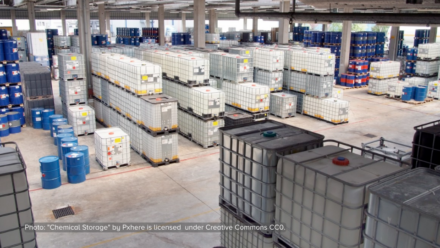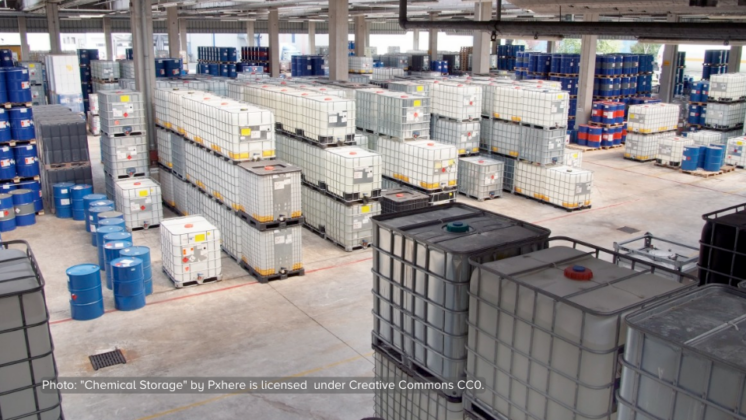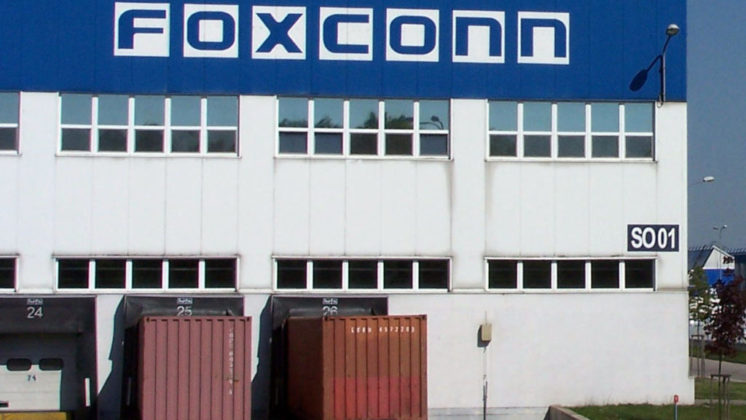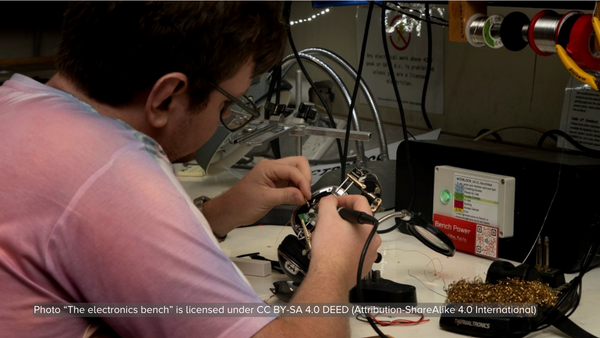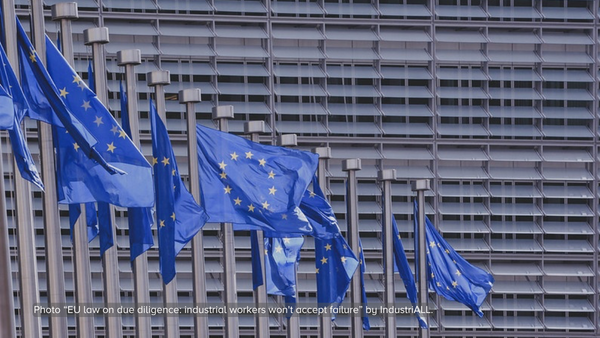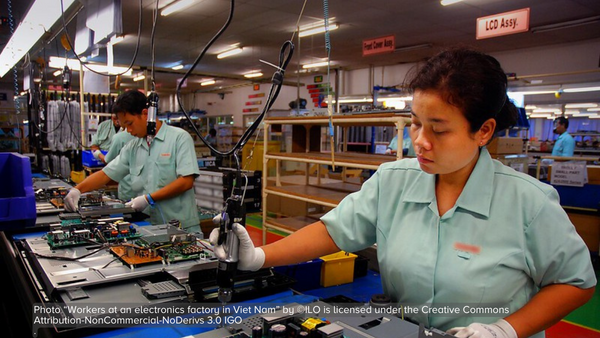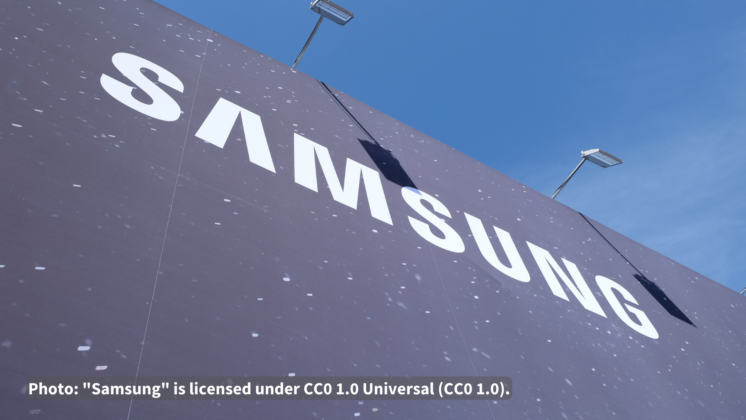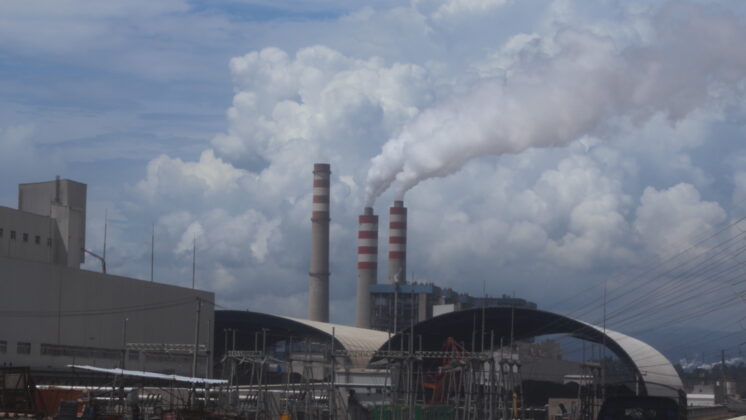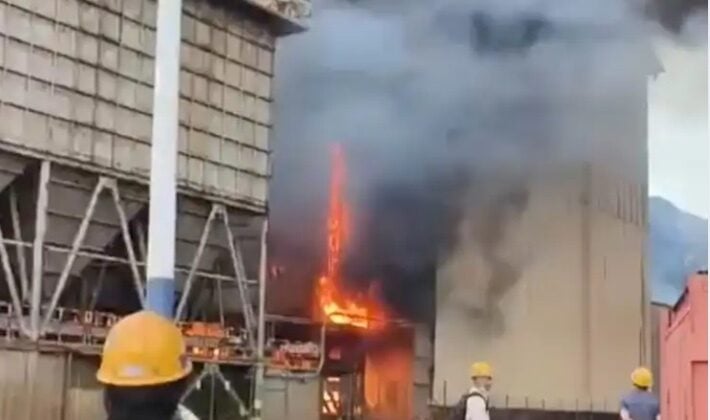This report represents the findings of an investigator who worked at Catcher Technology in Suqian, China. The plant manufactures metal casings for a number of consumer electronics companies including Apple. The investigator discovered extensive violations of Chinese labor laws, as well as violations of Catcher’s policies and Apple’s Supplier Code of Conduct, which details standards for worker rights and environmental sustainability for any company supplying to Apple. Many of the violations were similar to those found in a 2013 investigation of the same plant, the results of which were shared with Apple by China Labor Watch.
This report represents the findings of an investigator who worked at Catcher Technology in Suqian, China. The plant manufactures metal casings for a number of consumer electronics companies including Apple, Inc. While at the factory, the investigator worked on parts for the latest iPad. This factory also continues to produce parts for a 5th generation iPhone, and its sister factory, Catcher Technology in Taizhou, is producing parts for the iPhone 6. The investigator discovered extensive violations of Chinese labor laws, as well as violations of Catcher’s policies and Apple’s Supplier Code of Conduct, which details standards for worker rights and environmental sustainability for any company supplying to Apple. Many of the violations were similar to those found in a 2013 investigation of the same plant, the results of which were shared with Apple by China Labor Watch.
Since 2005, Apple Inc. has promoted a Supplier Code of Conduct that lists extensive labor, human rights, and environmental standards to which Apple’s third-party suppliers should conform. Apple implements internal (first-party) and third-party verification systems to monitor compliance to its Code.
Inspection results are often accompanied by timetables for reform, or “corrective action plans,” which often include steps such as reducing working hours, carrying out full payment of insurance, and strengthening hiring systems to prevent underage labor. In recent years, more of this information has been released to the public.
Apple’s supplier responsibility standards, inspection reports, corrective action plans, and annual reports look good on paper. Without sufficient transparency regarding actual factory labor conditions, many in the public—including investors, policymakers, and consumers—may assume that Apple invests the resources necessary to carry out the corrective action plans, and ensure its supply-chain factories follow the Supplier Code of Conduct. After all, these are basic legal and human rights standards, and Apple—as the most profitable electronics company in history and the third most profitable company in the world—has the resources to uphold them.
Unfortunately, after the inspections are complete and the corrective action plans are handed down to factories from Apple, there are often no fundamental improvements in labor conditions and treatment of workers making Apple products. This report documents the lack of progress in a factory manufacturing components for Apple products, despite clear evidence of persistent violations of Chinese law and the Codes of Conduct of both Apple and its suppliers.
While Apple recently announced that it is banning benzene and n-hexane in its 18 final-assembly factories in China, which is an important step forward for the company, the violations documented in this report demonstrate that Apple has a long way to go to ensure workers are laboring under safe and fair conditions.
Apple Supplier Catcher Technology—16 months later, same poor conditions
In 2013, China Labor Watch (CLW) conducted an undercover investigation of a factory called Catcher Technology Co., Ltd. in Suqian City, Jiangsu Province, China (hereafter “Catcher”). The probe uncovered serious labor rights and safety violations, including excessive overtime work, long work shifts while standing, insufficient social insurance, a lack of occupational safety training and heavy dust in the workplace, and a lack of protective equipment—particularly by workers who handle potentially toxic chemicals.
CLW shared this information with Apple in April 2013. Apple then conducted a follow-up inspection, after which Apple said that Catcher would carry out reforms, especially those related to occupational safety.
However, the results of CLW’s subsequent undercover investigation of Catcher, carried out 16 months later in August 2014 and documented in this report, suggests that Apple and Catcher have done little to ensure that safety standards and other conditions have improved for Catcher’s workers. In fact, the investigator going into the factory in 2014 discovered numerous additional violations that weren’t found in 2013, as well as repeat violations from year to year, suggesting that conditions may actually be getting worse in the factory.

